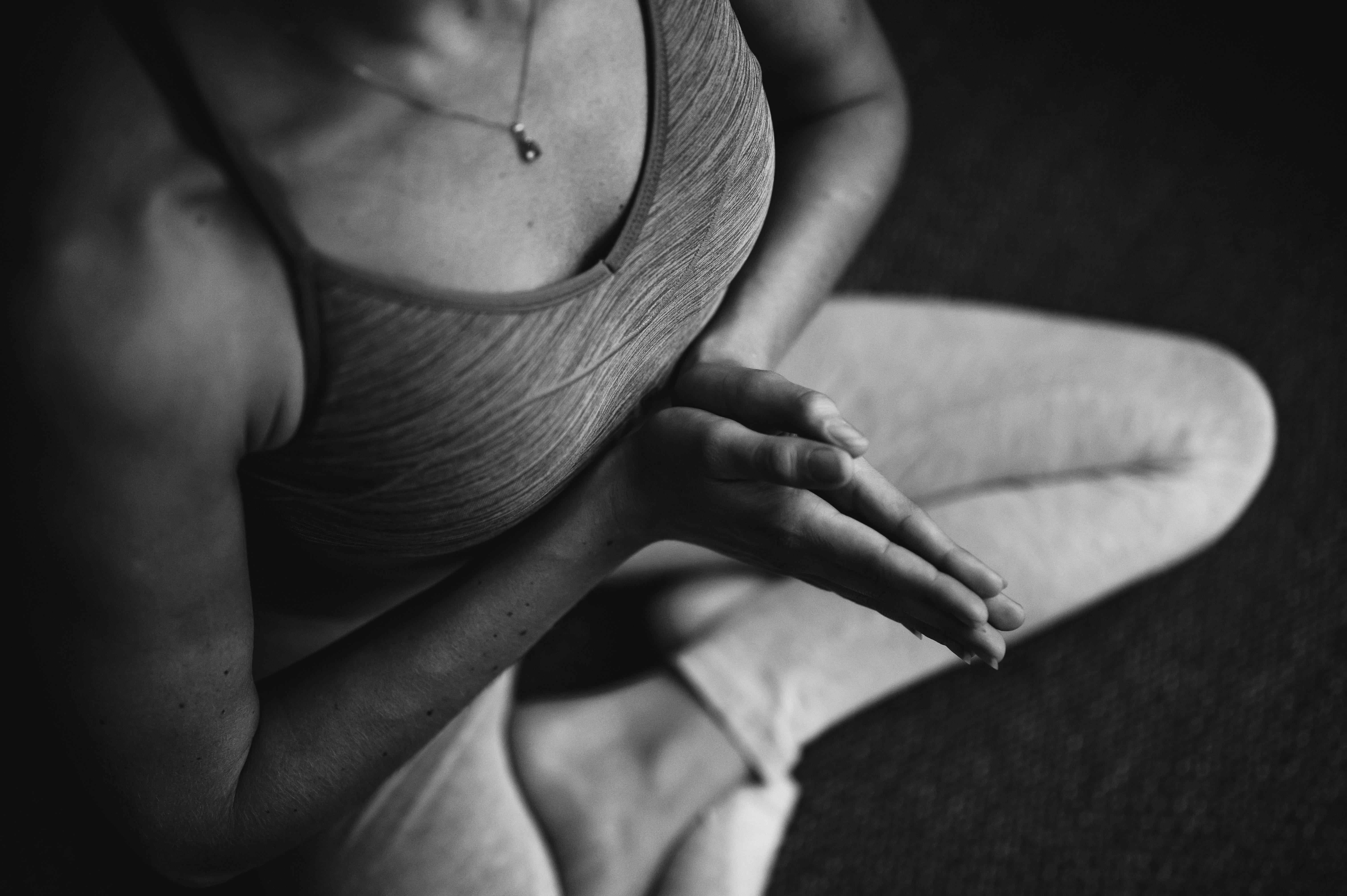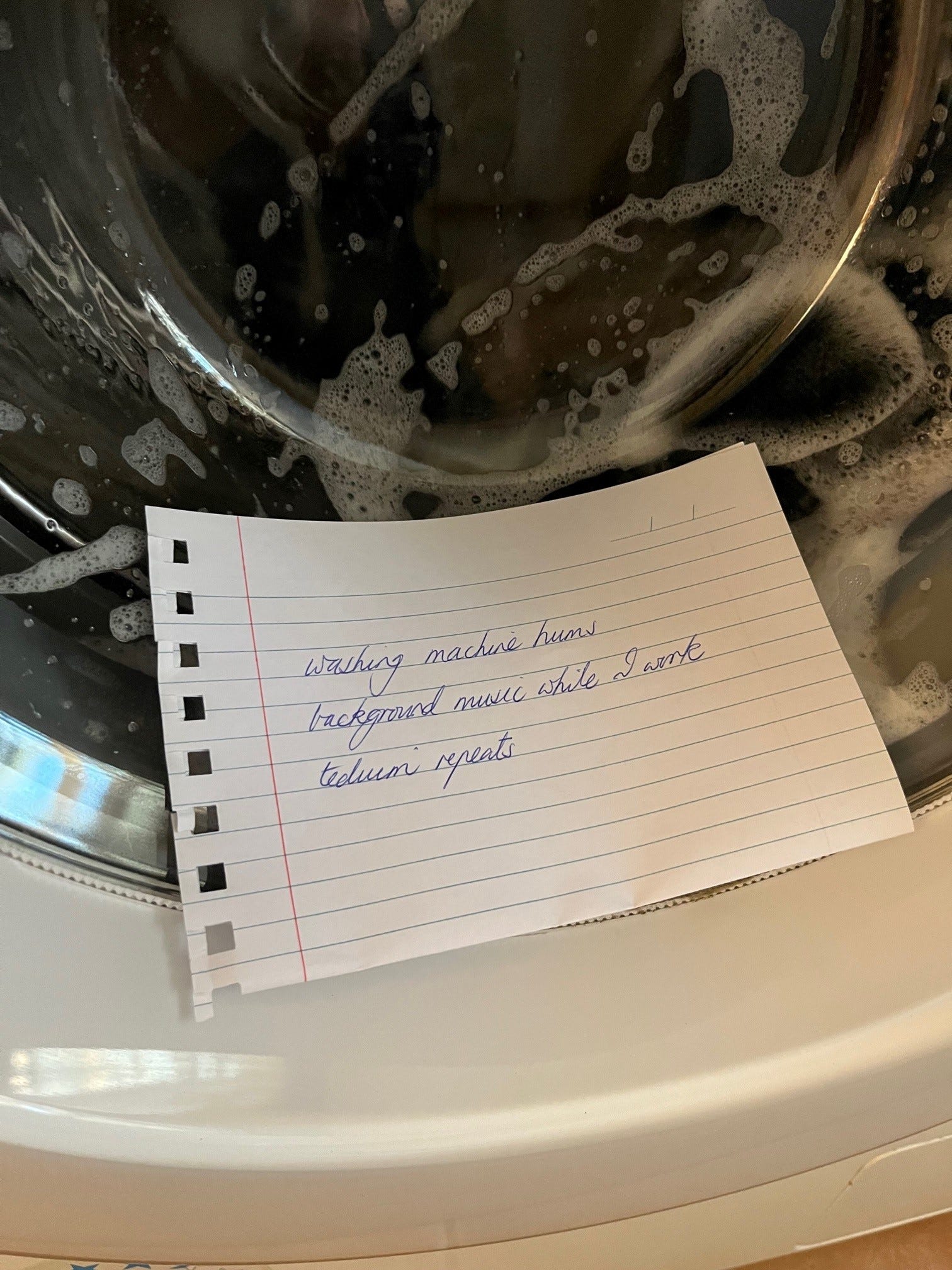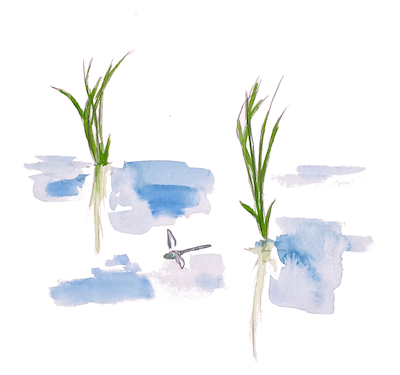Zenblog: Mindful Tips and Practices from a Licensed Teacher and Facilitator
—
If you don’t know already, I teach mindfulness to students at an elite international high school in Tokyo. I also facilitate mindfulness and social and emotional learning for staff, faculty and parents. I have also studied and practiced mindfulness and meditation on my daily train commutes across Tokyo, which has got to be one of the most challenging and rewarding environments to stay mindful and meditative in the world!
Here in Tokyo, the cherry blossoms have fallen from the trees already, which reminds us that:
a) life is short (the blossoms only last a couple of weeks)
b) we all, students, teachers, and parents alike, have high-stakes deadlines to meet (end-of-year exams; report writing; business quarter and tax season; and so on).
As promised in my last Zenblog post, I will explore in more detail some of the practices I have learned and developed over the years that have helped me, my students, and my colleagues stay — and even thrive — in the present moment.
Let’s begin with the start of the day.
Each morning, usually a few minutes before my 4:50 a.m. alarm rings, I wake to a sliding scale of sunlight through the paper windows in our bedroom.
I usually wake slowly, tentatively, gently flexing this limb or that, trying out different parts of my body to see how well prepared they are to carry me through another day. After checking my body, I turn my attention to my thoughts: what’s on my mind this a.m.? Am I already thinking about the day ahead? Do I feel a particular way? How long has it taken me to remember that, before I start to check items off my daily To Do list, I should check in with my thoughts and feelings.
Here’s my 20-minute sequence you can follow:
- Close your eyes or keep them slightly open, whichever feels more comfortable.
- Take a few deep breaths and let your body relax with each exhale. Focus on the sensation of your breath as it enters and exits your body.
- Bring your attention to the top of your head. Notice any sensations you feel in your scalp, forehead, temples, or the crown of your head. Don’t try to change anything. Just observe and be aware.
- Shift to your face. Notice any feelings around your eyes, cheeks, nose, mouth, and jaw. Allow any tension to release, and let your face become soft and relaxed.
- Now drop to your neck and shoulders. Do you notice any sensations in these areas, such as tightness or tension? Direct your breath into these spots and release with each exhale.
- Bring your attention to your arms, starting with your upper arms, then moving to your forearms and hands. Notice any sensations you feel in your muscles, joints, or skin. Relax your arms and let them become heavy. How are your hands? Your fingers?
- Re-center on your chest and abdomen. What do you feel in these areas as you breathe in and out? Allow your breath to become slow and deep, and let your chest and abdomen expand with each inhale.
- Drop your awareness to your lower back and hips. Notice any sensations you feel in this area, such as tightness or tension. Breathe into these areas, and allow the tension to release with each exhale.
- Shift your attention to your legs, starting with your thighs, then moving to your calves and feet. Notice any sensations you feel in your muscles, joints, or skin. Relax your legs and let them become heavy.
- Take a few deep breaths and notice how your body feels as a whole. If you feel any areas of tension or discomfort, breathe into them and allow them to release with each exhale.
- When you’re ready, take one more deep breath and slowly open your eyes. Take a moment to notice how you feel after completing the body scan.
Next, return your attention to the sensation of your breath as it enters and exits your body.
- Bring your attention to your thoughts and feelings. Notice any thoughts or emotions that arise without judgment. Observe them with curiosity and kindness, as if you are a detached observer.
- Allow your thoughts and feelings to come and go like clouds passing in the sky. Don’t try to hold onto them or push them away. Simply observe them and let them be.
- If you get caught up in your thoughts or emotions, gently bring your attention back to your breath. Notice the sensation of your breath as it enters and exits your body.
- Remember that it’s natural for your mind to wander during meditation. Don’t judge yourself or get frustrated if you find yourself getting distracted. Simply acknowledge the distraction and gently bring your attention to your breath or thoughts and feelings.
- Take a few deep breaths and, again, notice how your body feels as a whole. If you still sense any areas of tension or discomfort, breathe into them and allow them to release with each exhale.
- When you’re ready, take one more deep breath, and slowly open your eyes. Take a moment to notice how you feel after completing the meditation.
Depending on what time I awake and how much attention my body and mind need, I might spend 15 to 20 minutes on these combined inner scans. If I feel particularly tense or sore in a particular part of my body, I will try to do some McKenzie Method stretches or gentle yoga to restore comfort and mobility to that part of my body. I sleep on a futon on tatami matting, so for me my daily challenge is whether I can get out of bed and stand with a modicum of grace and self control 🙂 If I can’t, I know I need to do a little more warming up before I start the next part of my day.
I hope this practice will help you do the same…
3 min readApr 1
3 min read3 days ago
3 min read6 days ago










